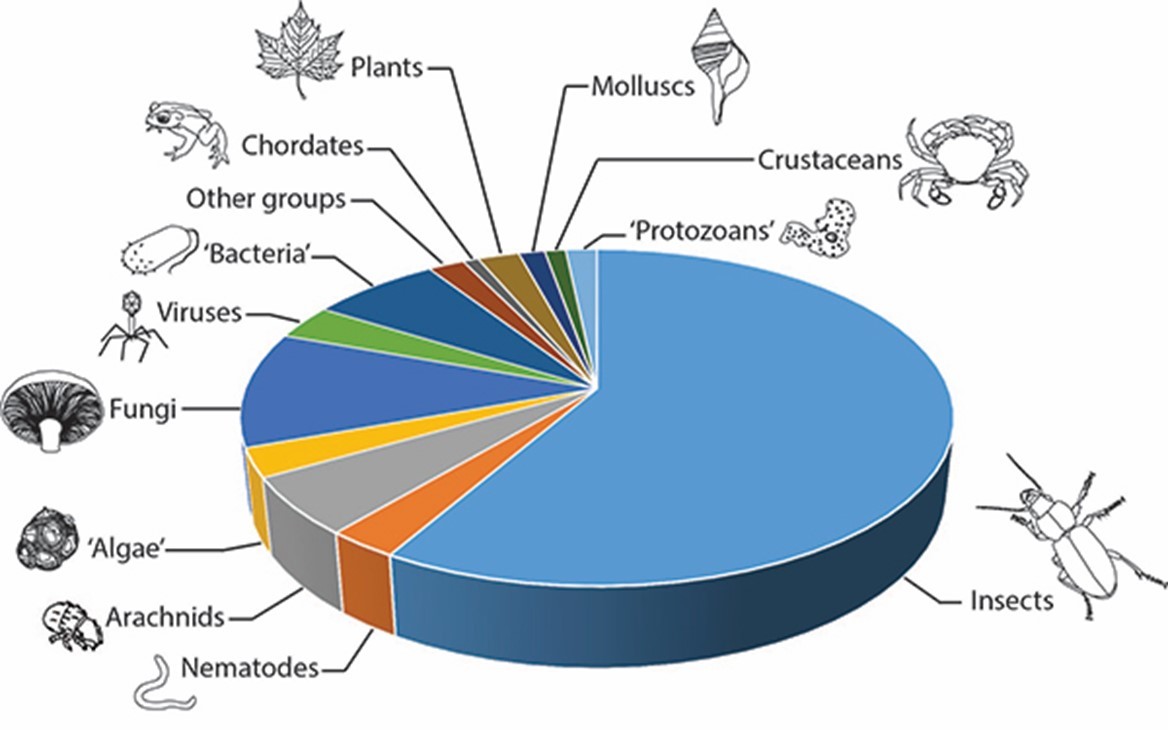Maura Muldoon
4 January 2022
Seventeen years ago, billions of newly hatched periodical cicadas of Brood X
burrowed deep into the ground. The insects aimed to feed on xylem fluid in the root system, nonchalant to the anthropogenic processes ongoing above them.
Instead, urbanization, wildfires, and forest clearing for agriculture threatened many populations and their habitats. In the deciduous forests of the Eastern United States this summer, Brood X emerged from the ground, filling the air (and my backyard) with their deafening mating song.
Brood X got lucky. Two known Magicicada broods have gone extinct over the last century, and evidence points to anthropogenic causes.
Despite accounting for most species of life on Earth, conservation efforts tend to neglect insects. This may be due to a lack of data on past and existing populations and misunderstandings about their ecological contribution. Periodical cicadas are often regarded as pests yet provide a rich source of nutrients for humans, animals, and plants.
Citizen science has the potential to incite more involvement and interest in protecting these important and diverse creatures.
For example, the Urban Buzz Project asks participants to collect normal and deformed cicadas to monitor the effects of urbanization on population health. The New Forest Cicada Project developed an app that uses bioacoustics technology to detect species-specific cicada song, hoping to rediscover the only cicada species in the UK, feared to have already gone extinct.
However, current public engagement with isolated citizen-science projects alone will not generate data on the scale or depth needed to evaluate the ecological impacts of human activity and inform global biodiversity policy. Institutions such as universities and government bodies should fund and mobilize large and diverse research and conservation projects. To allow for better visibility and impact, the data should be centralised and maintained by an institution.
Proposed solutions to calculate overall biodiversity loss include estimating extinction rates or the probability that an existing species will go extinct.
Determining a single value to represent global biodiversity loss would be convenient for policy initiatives but could also be problematic. Important differences in the problems faced by habitats, lifeforms, and communities may dilute the significance of a global figure. Biodiversity loss in one location may be balanced by gains elsewhere.
In addition, many of the innovative biodiversity conserving technologies and intervention strategies available are highly invasive. Further control and domination over fragile ecosystems should be avoided, keeping in mind the anthropocentric causes of the biodiversity loss in the first place. Relying on further technology to solve the problem caused by our reliance on technology is morally and spiritually unsound.

Figure: Biodiversity by number of species (credit: PaleontologyOnline)
In this pivotal moment, the world’s leaders are deciding how to achieve targets on protecting vital biodiversity systems. Increasing our understanding of interactions between human activity, climate change, and species extinctions is paramount to creating effective policy.
Furthermore, we cannot lose sight of the role our resource extraction and consumption play in creating vulnerable and unstable ecosystems.
Seventeen years into the future, what sort of world will be sung to by the cicadas of Brood X?
Bibliography
Sources
Hyperlinks
Image
Credit of Cover Image: Liubov Ilchuk on Unsplash
Fatemeh Sadeghi
30 May 2024 Feminists in the Global South have stepped out of the conventional territories of ‘women’s matters’ into more fund...